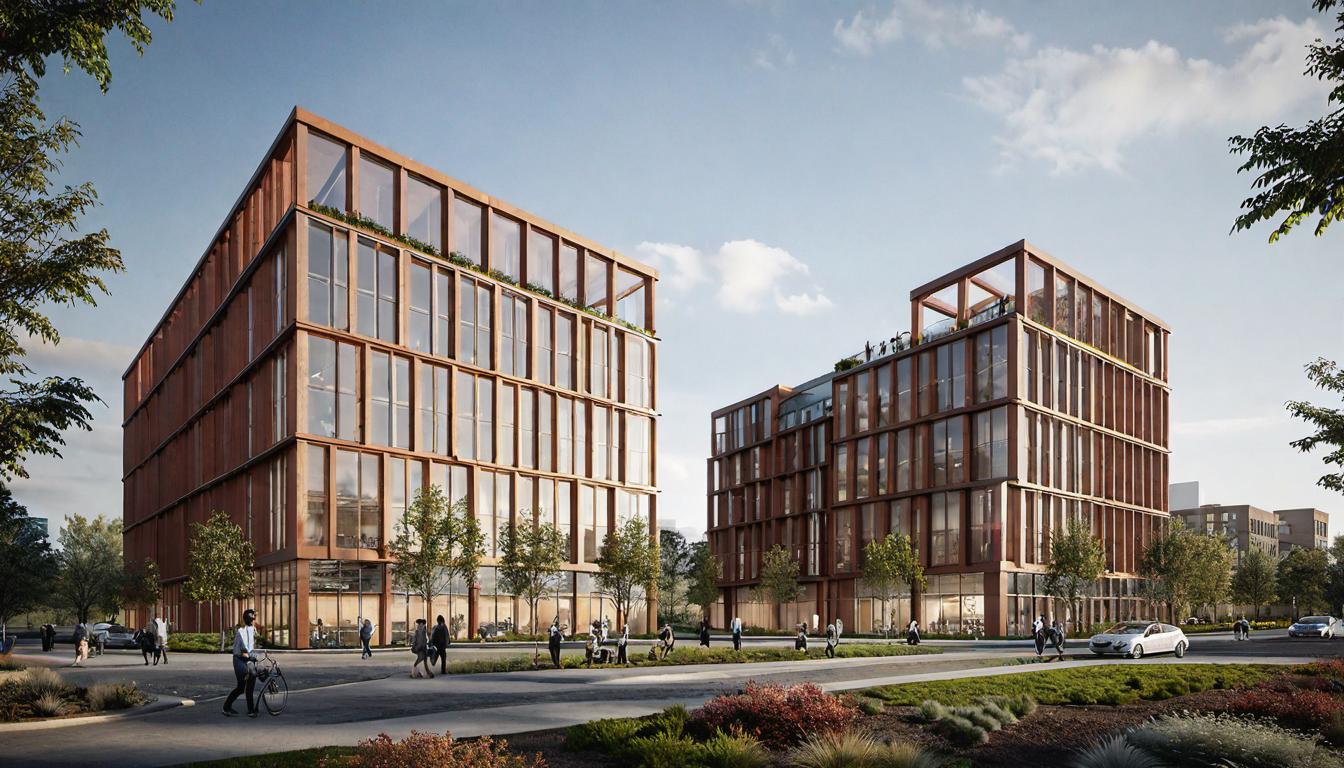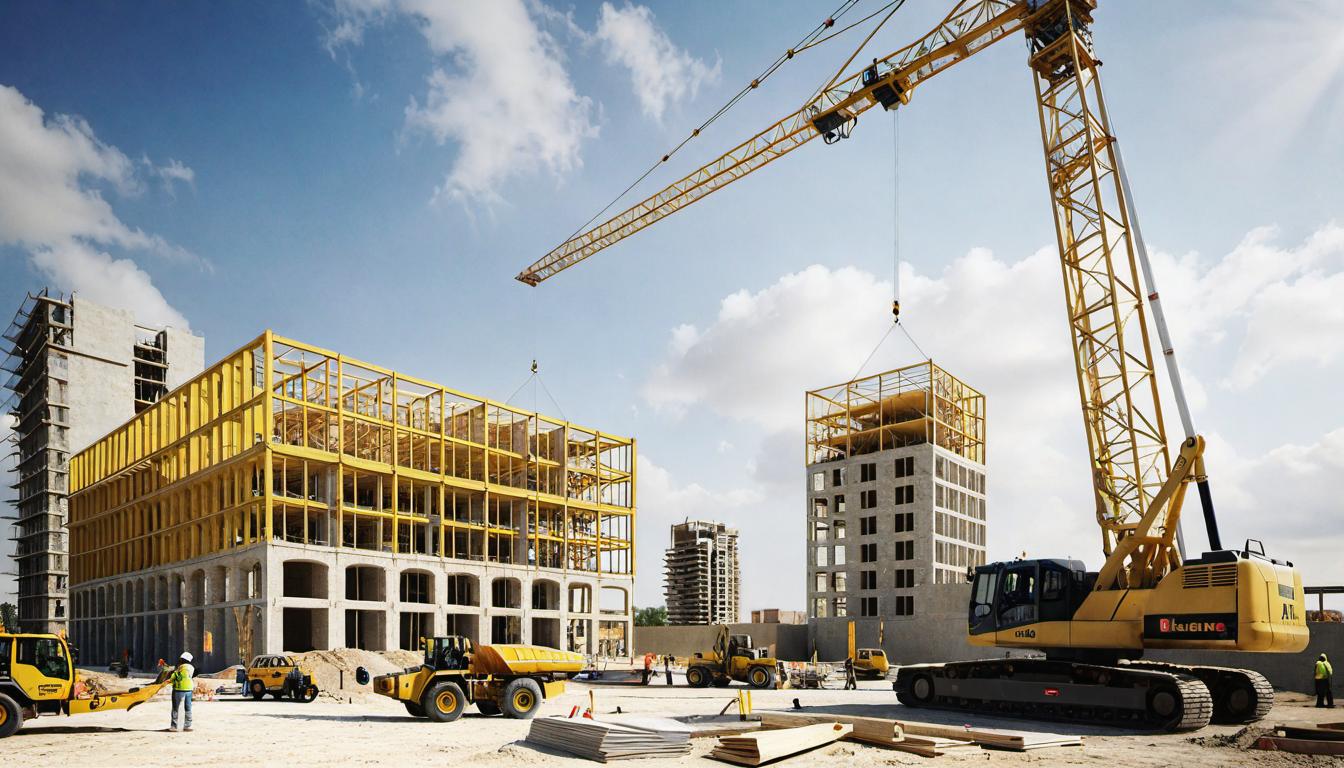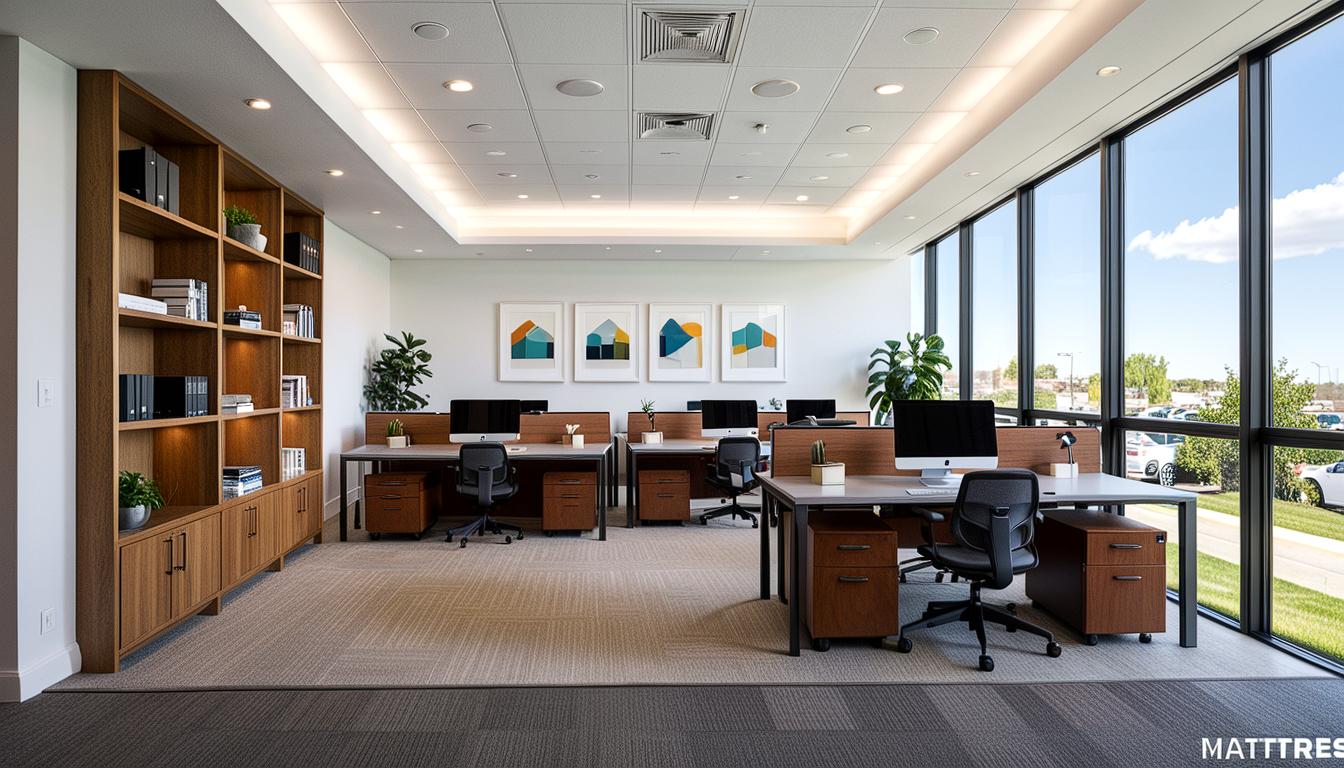Introduction
A fascinating chronicle of the transition of architecture through diverse eras has reshaped the construction landscape over time. This piece intends to decode “How has architecture changed over the years?” for architects, interior designers, real estate professionals and those with similar interests.
The Genesis: Traditional Architecture
-
Concept and Overview
Traditional architecture, deeply rooted in history, portrays the rich tapestry of past eras. These architectural styles replicate or emulate styles from bygone times, spanning from Ancient Greece and Rome to Victorian England.
-
Key Features and Examples
Traditional architecture is characterized by grandeur and awe-inspiring designs. Timeless examples such as The Colosseum, Pantheon, and Victoria Terminus still stand today, capturing the essence of key periods like ancient Greek, Roman, and Victorian architecture.
-
Impact on Society and Popular Architectural Structures
Traditional architectural designs left a profound impact on society and public spaces. These striking structures often served as government buildings, churches, or royal residences, shaping the urban fabric of cities and villages alike.
The Shift: Modern Architecture
-
Emergence and Influences
Modern architecture emerged in the mid-twentieth century, a movement fostered by societal evolution and technological advancements. This era in architecture broke away from the ornate past, offering a fresh lens to view living and working spaces.
-
Changes in Building Materials and Design Freedom
Modern architecture brought a significant shift in building materials. The innovative usage of steel, concrete and glass allowed architects more freedom and creativity. It paved the way for pre-fabricated components and novel furniture design, marking a substantial departure from the traditional architectural nuances.
-
Influence of Industrial Revolution
The Industrial Revolution, beginning in the 1760s, triggered enormous changes for architecture. The growing industrial landscape recast residential designs, leading to a surge in commercial buildings and a transition to simpler windows and flat rooftops.
Contemporary Trends: Modern Architecture Today
-
Emphasis on Eco-Friendly and Sustainable Solutions
Amid rising environmental concerns, modern architecture is gravitating towards eco-friendly and sustainable solutions. The increased usage of green building materials, along with energy conserving designs, enables architects to contribute to lower greenhouse emissions and lower power consumption.
-
Influence of Permaculture and Versatile Designs
Modern architecture now finds inspiration in the concept of permaculture, fostering sustainable living. The idea of volume-driven, versatile designs using more organic materials is gaining preference. The advent of rooftop gardens and vertical farming stands testament to this trend.
-
Integration of Technology and Use of Realistic Project Imagery
Recent technological strides have ushered in the easy integration of realistic project imagery within the architectural process. Tools like 3D rendering and computer-generated imagery have amplified visual communication, improved project tracking, and offer virtual reality tours, enhancing project understanding and client satisfaction.
The Intersection of Tradition and Modernity
In an evolving architectural landscape, both traditional and modern architecture continue to entwine inspirations. This blend portends a future where these styles will mutually influence and enrich each other, leading to unique form and function combinations.

FAQ Section
-
What are the two types of architectural trends over the last 100 years?
The two major architectural trends over the last century encompass traditional and modern architecture. Each style, influenced by its societal, technological, and cultural contexts, contributed unique elements to the architectural discipline.
-
What are the significant influences on the style of modern architecture?
Modern architecture is significantly influenced by societal changes, technological advancements, and overlaps with art and philosophical movements. It represents an ideological shift from elaborate aesthetics to functional, people-centered designs.
-
How does technological advancement improve architecture design?
Technological advancements, such as 3D rendering, visualization, and computer-generated imagery, expand the architect’s toolkit. They enhance visual communication, aid in project tracking and visualization, and allow architects to offer immersive virtual tours.
-
How has architecture adapted to environmental concerns?
Modern architecture is actively responding to environmental concerns by prioritizing eco-friendly and sustainable designs, focusing on resource conservation, and endorsing greener construction materials. The architectural realm actively addresses global issues like climate change, habitat preservation, and energy consumption.
-
How does traditional architecture differ from modern architecture?
Traditional architecture often mirrors styles from historical periods, endowed with grandeur and ornate designs. In contrast, modern architecture promotes simplicity, functionality, and the expression of materials, promoting minimalism and practical elements.
Closing Remarks
Parsing through the evolution of architecture, it’s evident how new technologies, design philosophies, and societal changes have sculpted its course. As humanity strides towards a sustainable future, architecture will continue to evolve, defining living and working spaces for generations to come.





